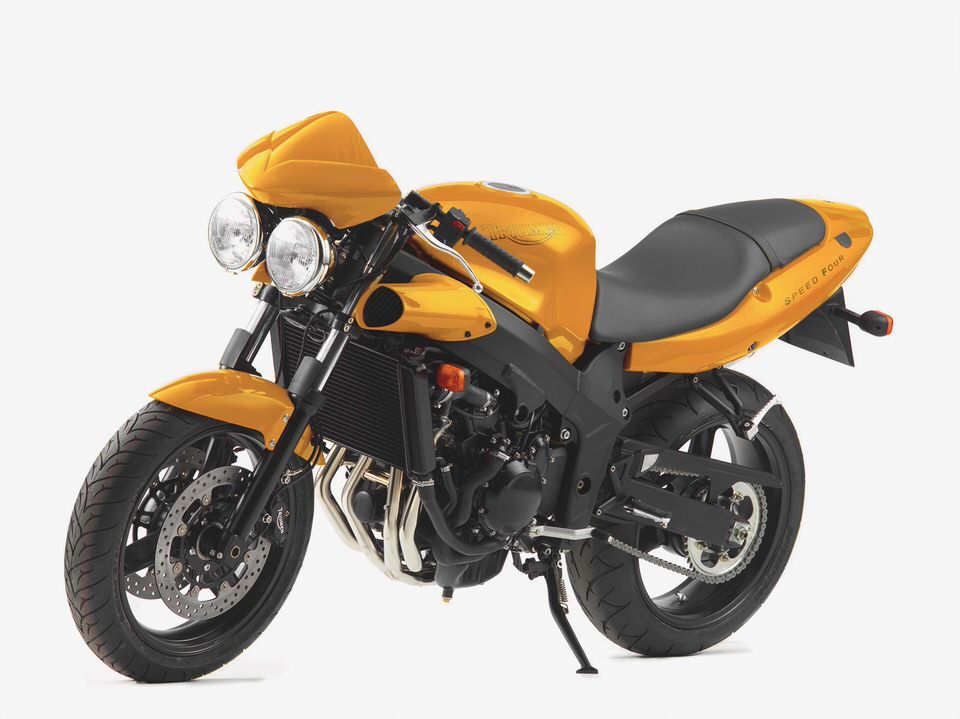
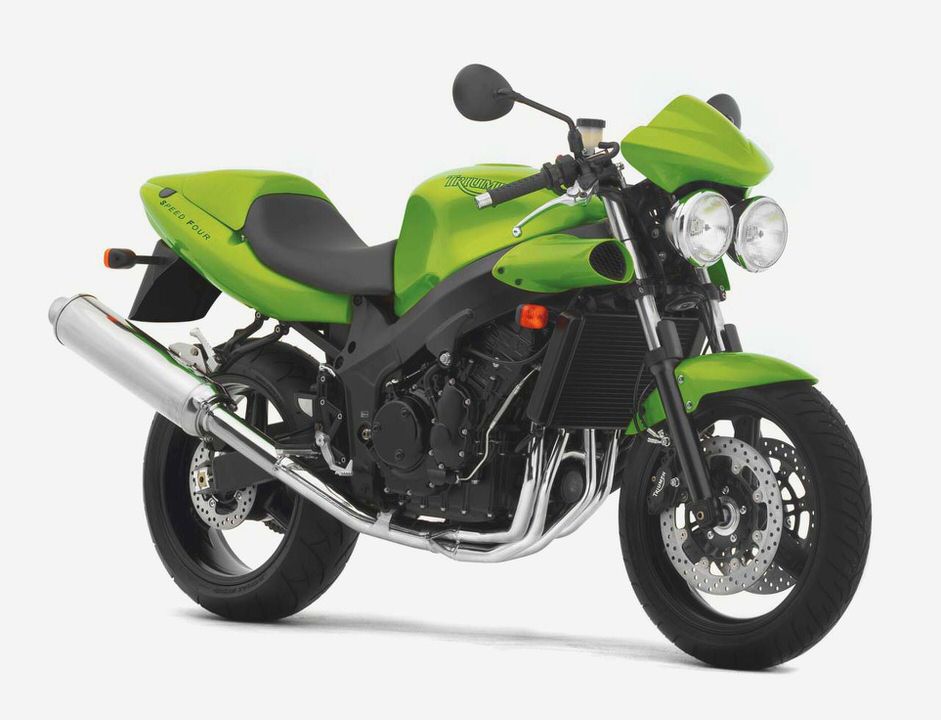
2004 Triumph Speed Four Comparison
We hope the Speed Four’s phallic-like intake snorkels don’t get us in trouble with the International Web Police.
It should be no surprise, really, as the Triumph is the only member of the group with damping adjustment provisions (and variable preload) at both ends of the English Creamsicle (the orange models are supplanted by a hot yellow color for 2004; bad-boy black is the other option). Its 43mm fork is tied with the FZ6 for the stoutest stanchions, going the Yamaha one better by being a cartridge design instead of the damping-rod internals in the three others. While each of the low-tech-suspended trio has rear preload adjustment, only the SV has provisions for front preload.
The Triumph handles just like a three-year-old sportbike, which of course it basically is. Despite the sportiest chassis geometry, steepest rake, smallest amount of trail, shortest wheelbase, the Speed Four is far from the group’s nimblest. Blame falls squarely upon the lack of leverage delivered from its relatively low and narrow clip-ons compared to the authentic handlebars on its competitors.
It doesn’t help that the Trumpet is the second lardiest, just 4 pounds lighter than the FZ6 that is festooned with extra niceties such as a centerstand and extra bodywork; it’s even heavier than the steel-framed and underseat-exhausted Honda.
All of which isn’t to say the Speed Four can’t cut it up in the canyons. Going down the front side of SoCal’s famous Mount Palomar in the company of a YZF-R1 and ZX-10R, Mr. Speed was deemed to be super-flickable, and was able to leave the bigger bikes snorting on its fumes on the tight downhill route.
The Triumph also excels in the decel zone, as its larger discs and dual 4-piston-caliper front brakes are a clear notch ahead of the more pedestrian twin-piston caliper jobbies on remaining trio. The brakes on the others are more than adequate; the Honda gets the edge for runner-up honors while the Suzuki trails the pack.
Though the SV650 could never hope to compete with the snarling Triumph on the nasty scale, it is frequently the most fun to ride. The Suzuki delivers the utmost in cooperation for its rider, sending the feeling that it is the rider that is doing the dominating in the relationship and not the other way around.
Even riders with moderate experience can quickly learn to slam the thing over on its side for a corner like a cage-match wrestler (thanks in part to the skinnier 160-series rear tire and the lightest weight in the group), then get back into that smooth power an inch past the apex to fire out toward the next one. As Heidi experienced, the SV needs a different kind of hand to extract its best, but once you’ve learned not to stroke against the fur she’s a cooperative kitty. While riders on the Multis are zinging their motors to the moon, it’s often an SV rider up front, riding much more relaxed and less frantic.
The V-Twin SV (yellow line) holds a significant torque advantage over the inline-Fours. Note how the FZ6 (blue line) starts off strong before tapering off from 6000-8000 rpm, right in the middle of the powerband. The 599 (red) has the broadest and flattest torque curve.
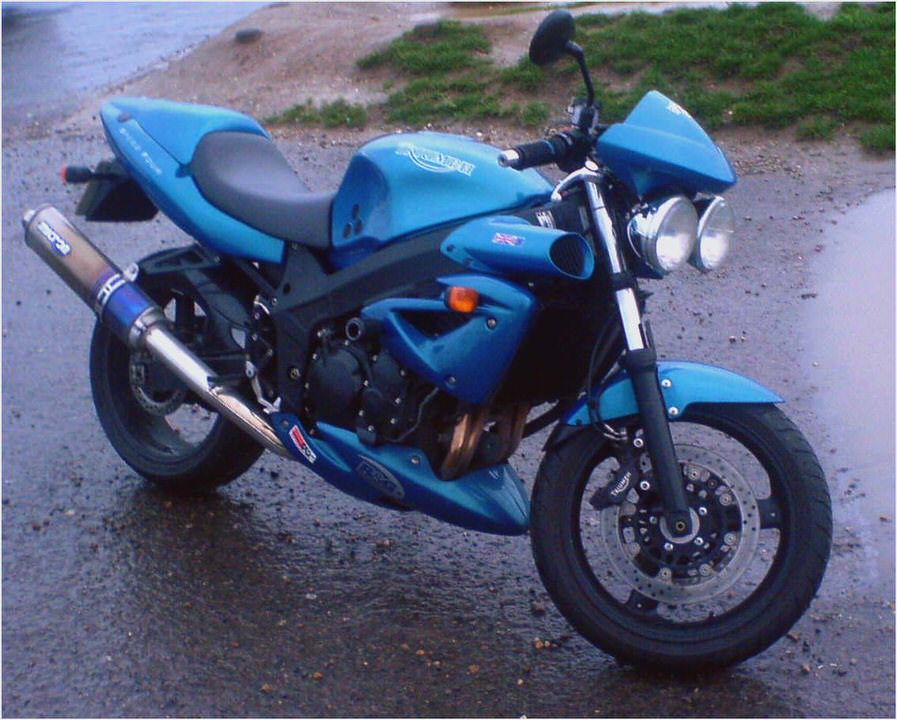

Click the image to view a full size chart.
I could look around and chill and throttle it around without worrying about the rpm, says Heidi, a budding journalist. It is a strong bike at lower rpms so my concentration was not on winding the gears out but just on the ride.
Close behind, literally as well as figuratively, is the 599, seen on these pages in its controversial Asphalt color. Some think it looks like black primer while others dig it. Gabe sees something reminiscent of a Ducati Monster, calling its look slick and stylish.
Heidi, on the other hand, believes its appearance leaves something to be desired, though she did have praise for the look of its fairing-less engine and the high-mount exhaust pipe that gives it a more adult look.
As for the 599’s instrument package, the only one that uses a traditional twin-faced speedo and tach in chromed bezels, some weren’t pleased at the amount of time it takes to read the numbers on the analog speedometer. The instruments are classy and old-fashioned but functional, Gabe counters. They’re a little harder to read than the larger tach faces and digital speedo readouts on the other bikes, you can still read analog, right?
Fresh off defending the Honda, Gabe lashed back when discussing the 599’s ability to soak up pavement imperfections. The lack of a shock linkage and Bronze-age suspension deliver a rough, bumpy ride on less-than-smooth roads, especially at higher speeds, he scathed, and we noticed insufficient rebound damping when ridden aggressively. To be fair, the Suzuki is really no better than the Honda in its suspension qualities, and we’d recommend upgrades to both of them if you’re a seriously fast rider.
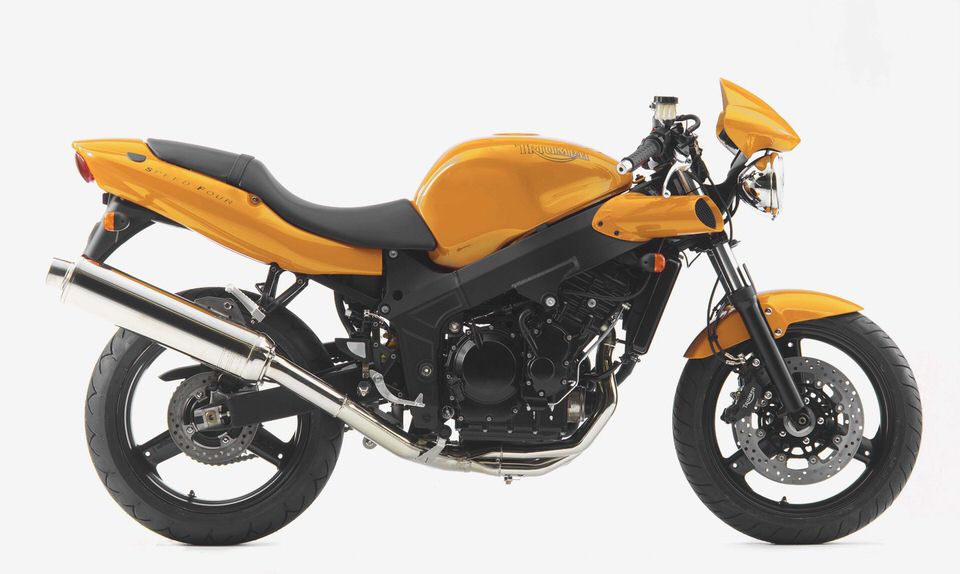
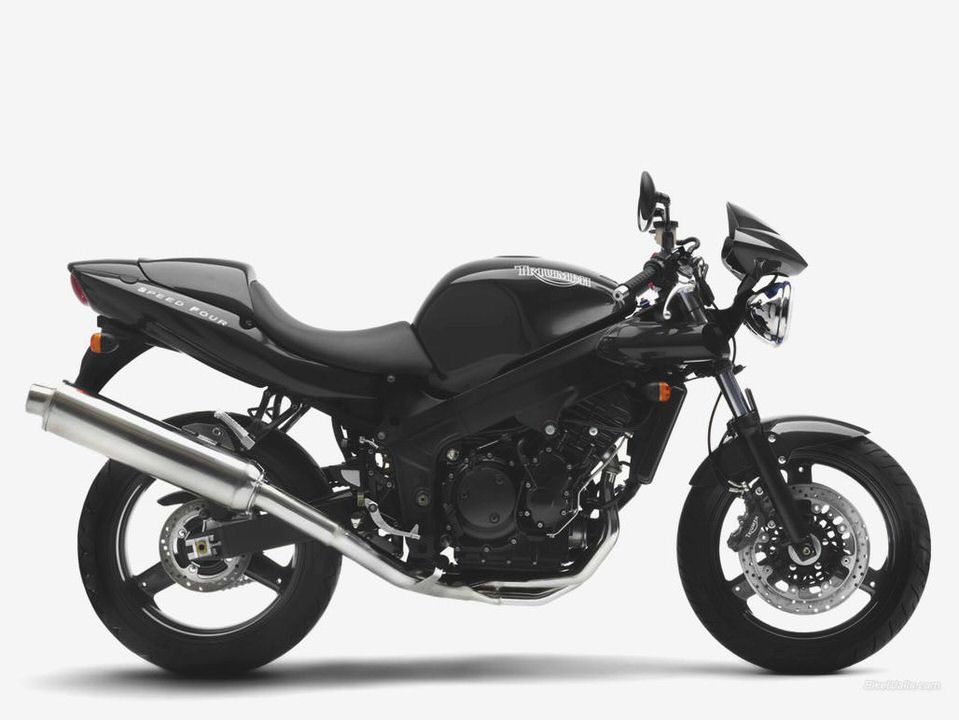
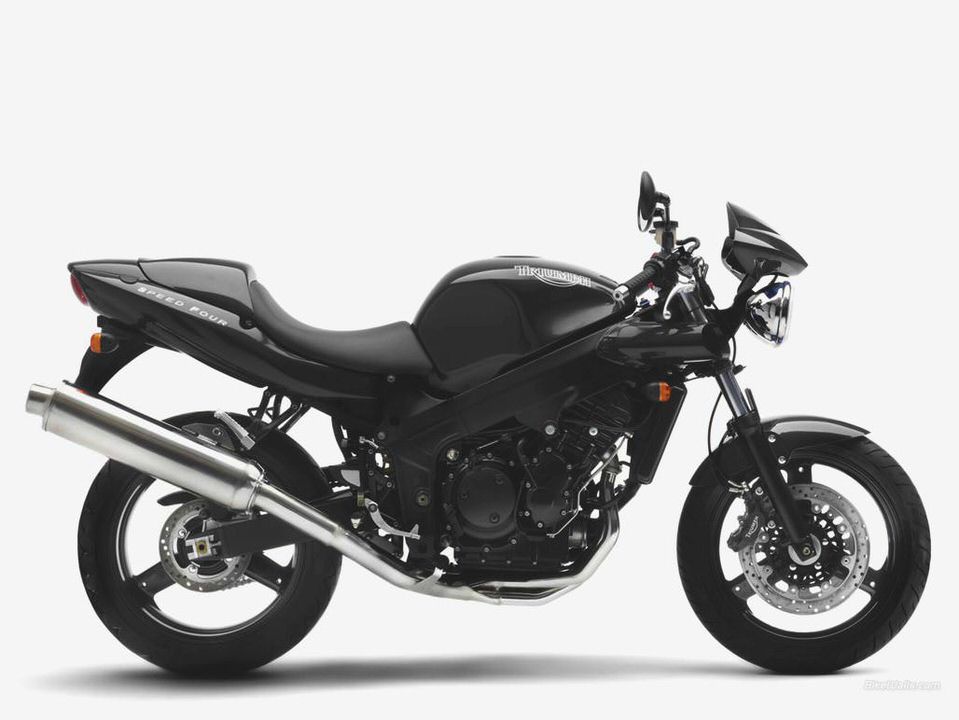

- Triumph America India, Price, Review, Details, Specifications
- 2001 Triumph TT600
- Triumph Thruxton 900 –
- Triumph Trophy – Trophy Daytona 1200 parts for sale
- 2014 Honda NC750X specifications and photographs

